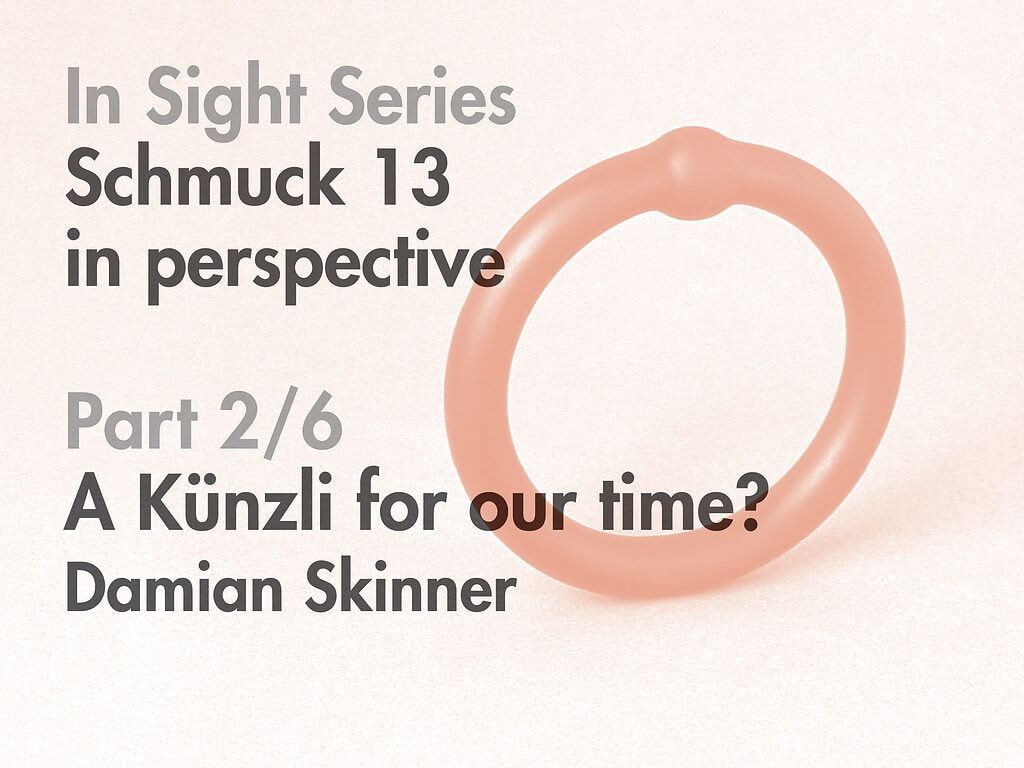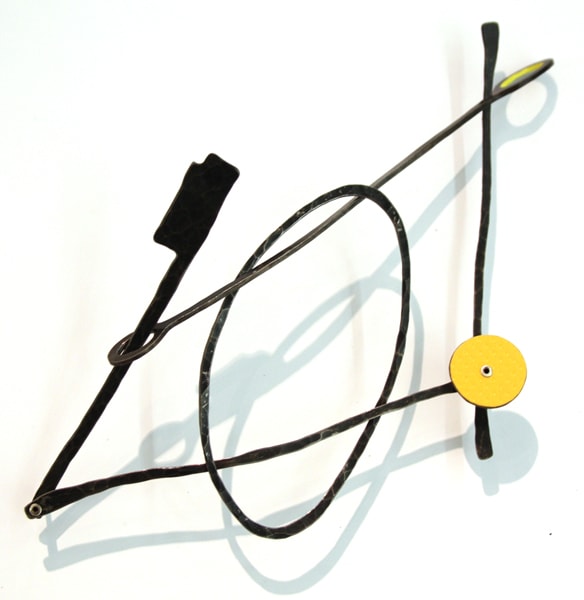Ramón Puig Cuyàs: Crossing Points
Galerie Spektrum in Munich, Germany, is showing the well-known jeweler and professor Ramón Puig Cuyàs from Barcelona, Spain. Ramón and his students have been an active part of the jewelry scene for many years, so it is a wonderful opportunity to hear more about his background and reasons for making.
Susan Cummins: Ramon, please tell us the story of how you became a jeweler?
Ramón Puig Cuyàs: I think I’ve always been a lucky person. When I was young, I had three ideas of what I wanted to be when I grew up—devote myself to science, in particular, biology or astronomy, or like my father, who was a ship captain in the merchant marines, I wanted to be a sailor and travel to exotic lands. The third option was art. It’s a bit hard to explain why I decided against the first two options, and I have already discussed this at length in previous interviews. I feel I could have become almost any type of artist except a musician. I had no clue what jewelry was or any interest in it. My grandmother was an opera singer, my uncle was a cartoonist and illustrator, and I’ve always liked to draw and to build things with my hands. I’ve always been very curious about the world around me, and I try to understand how it works, to discover new horizons, and to always see a bit beyond the obvious.
Ramón Puig Cuyàs: Crossing Points Read More »




